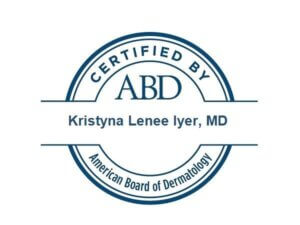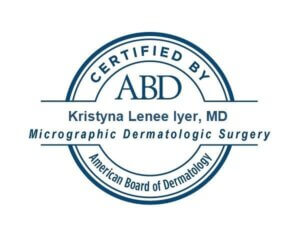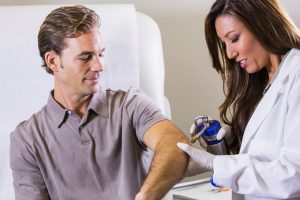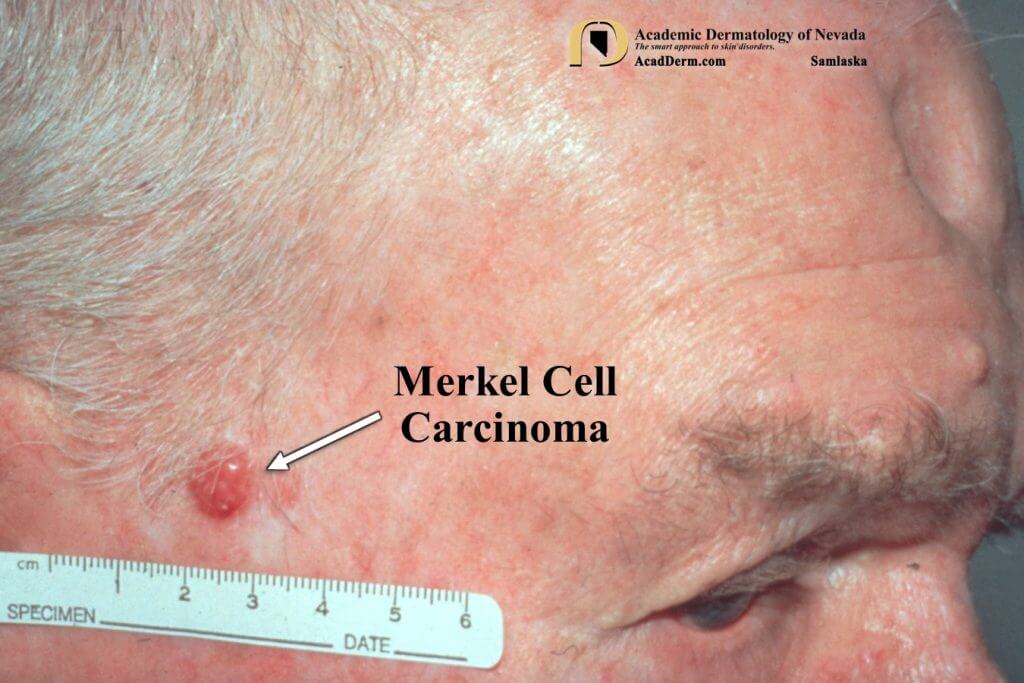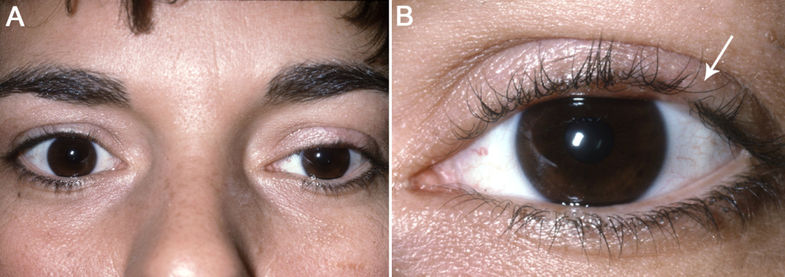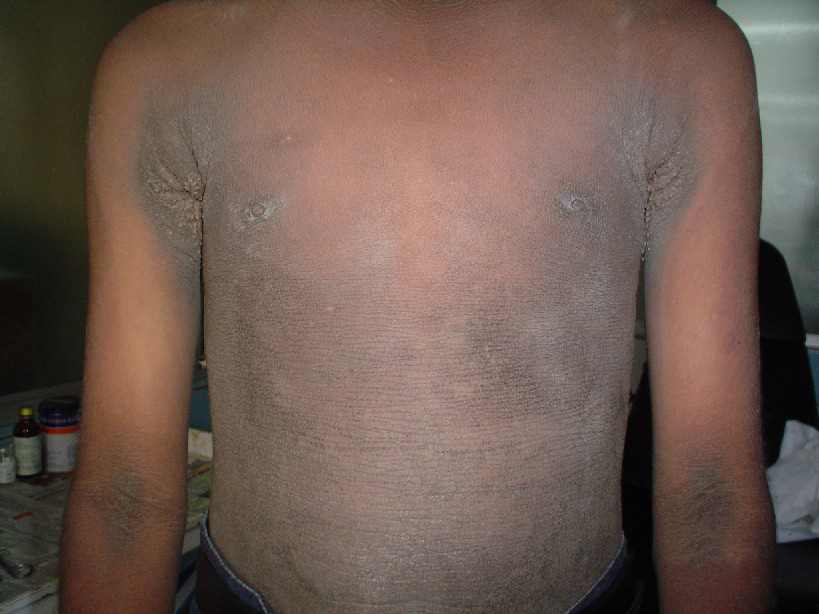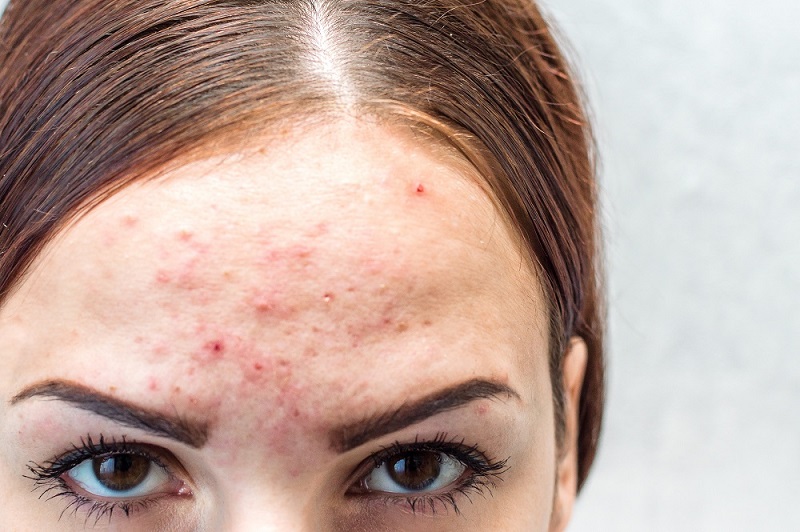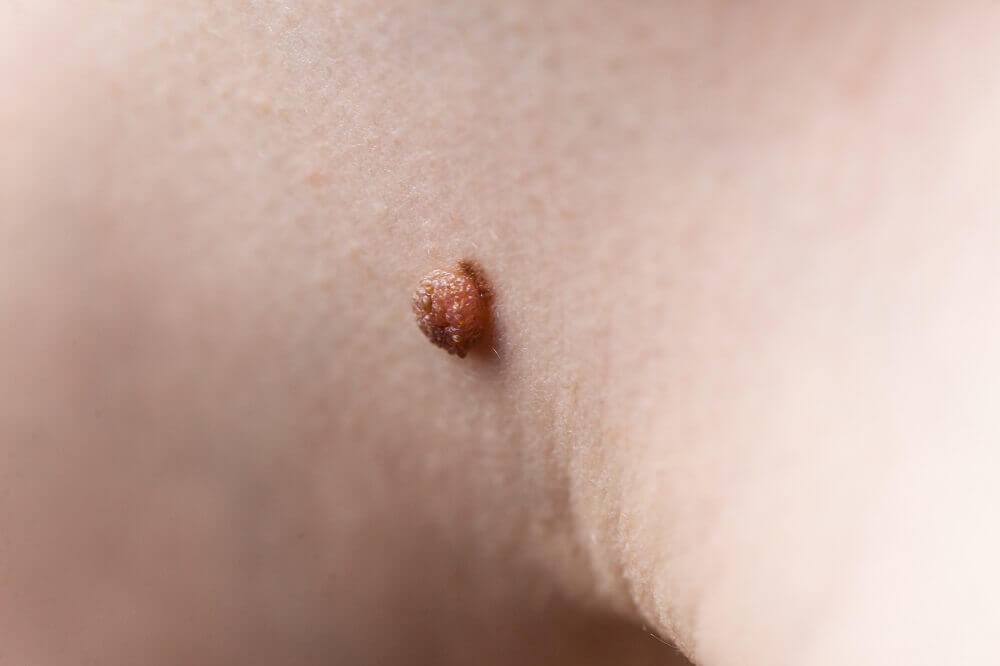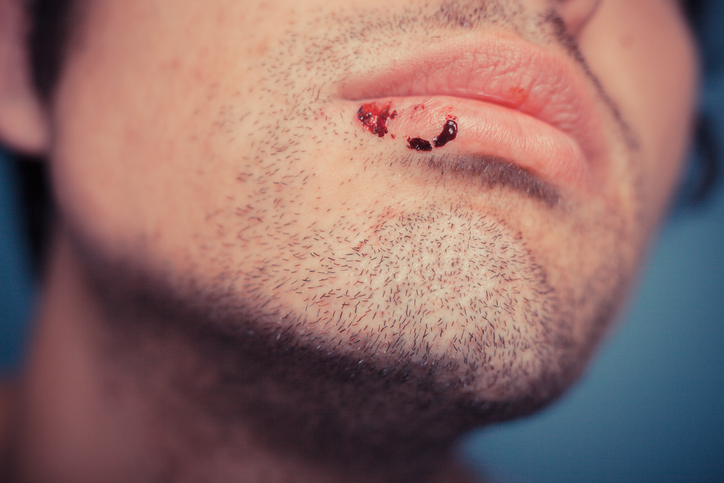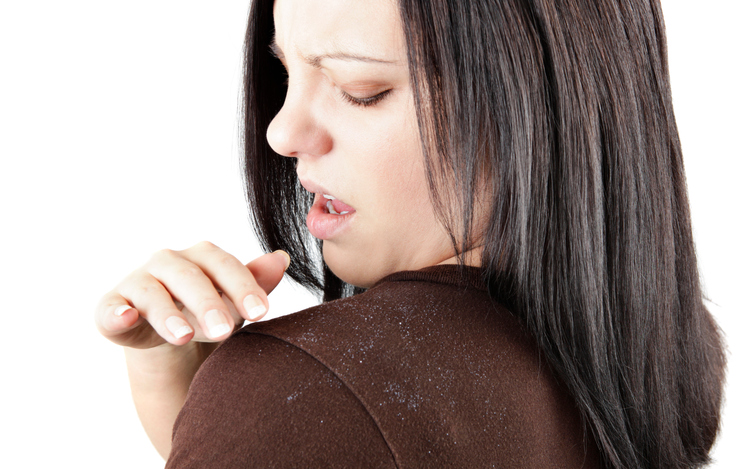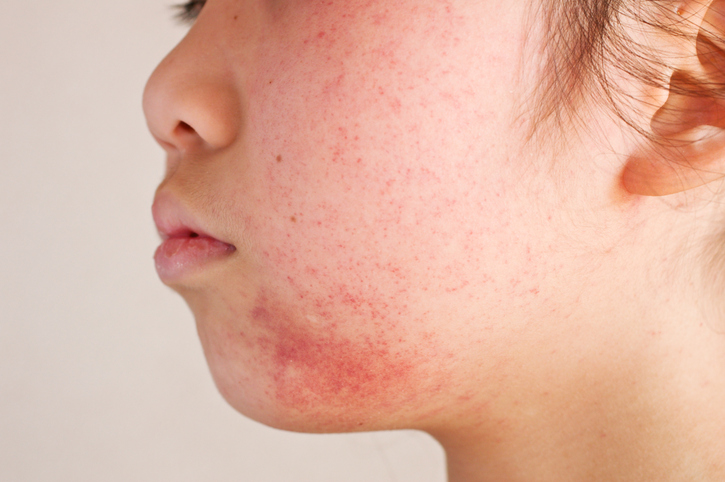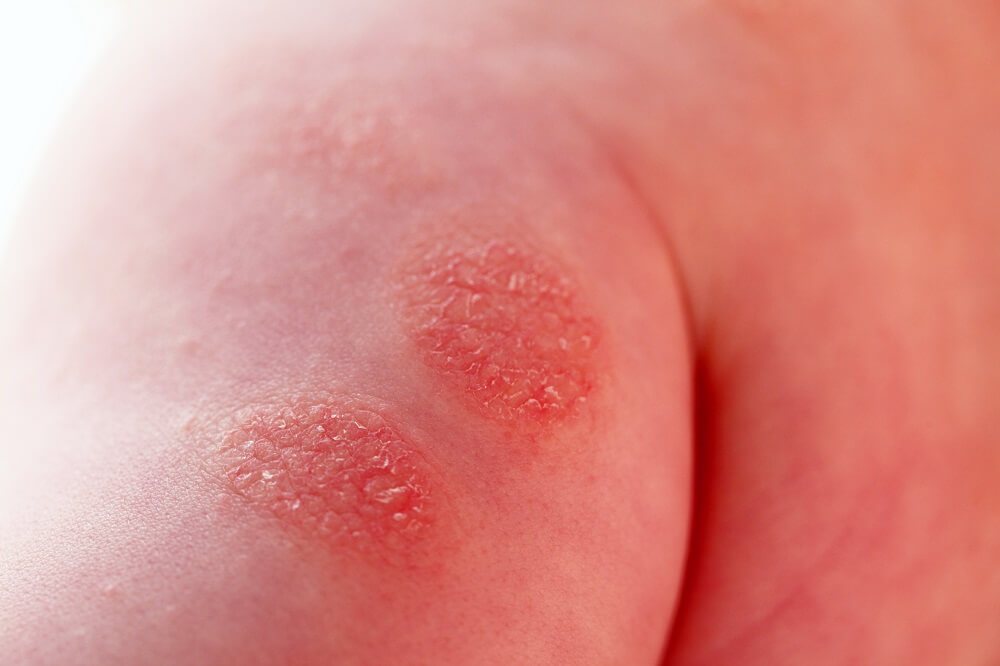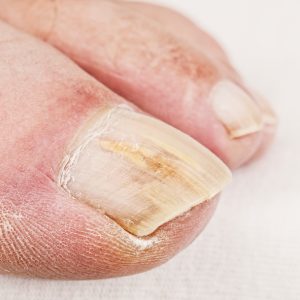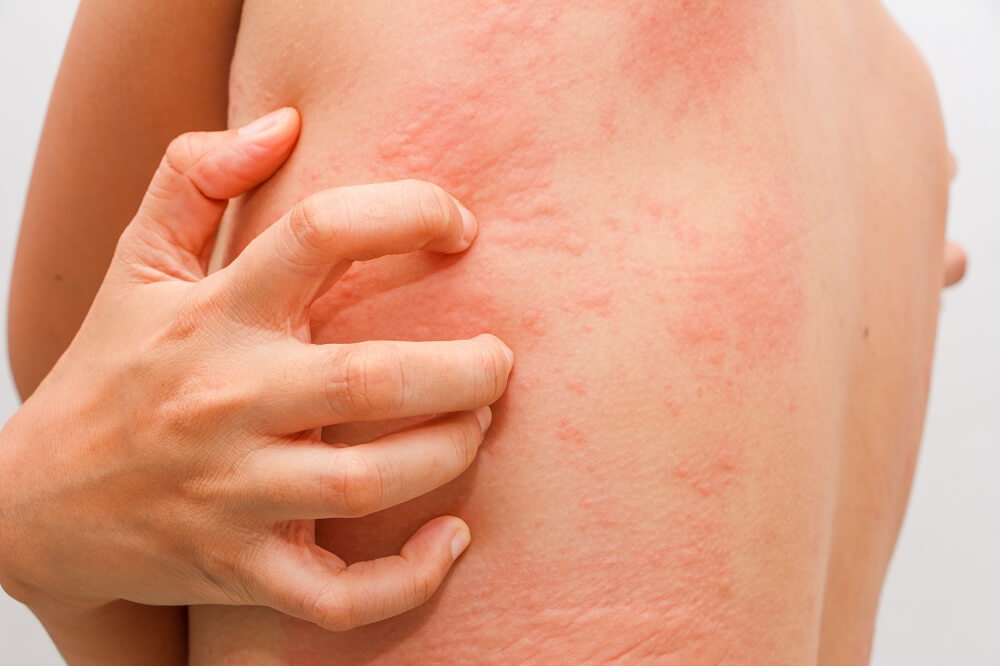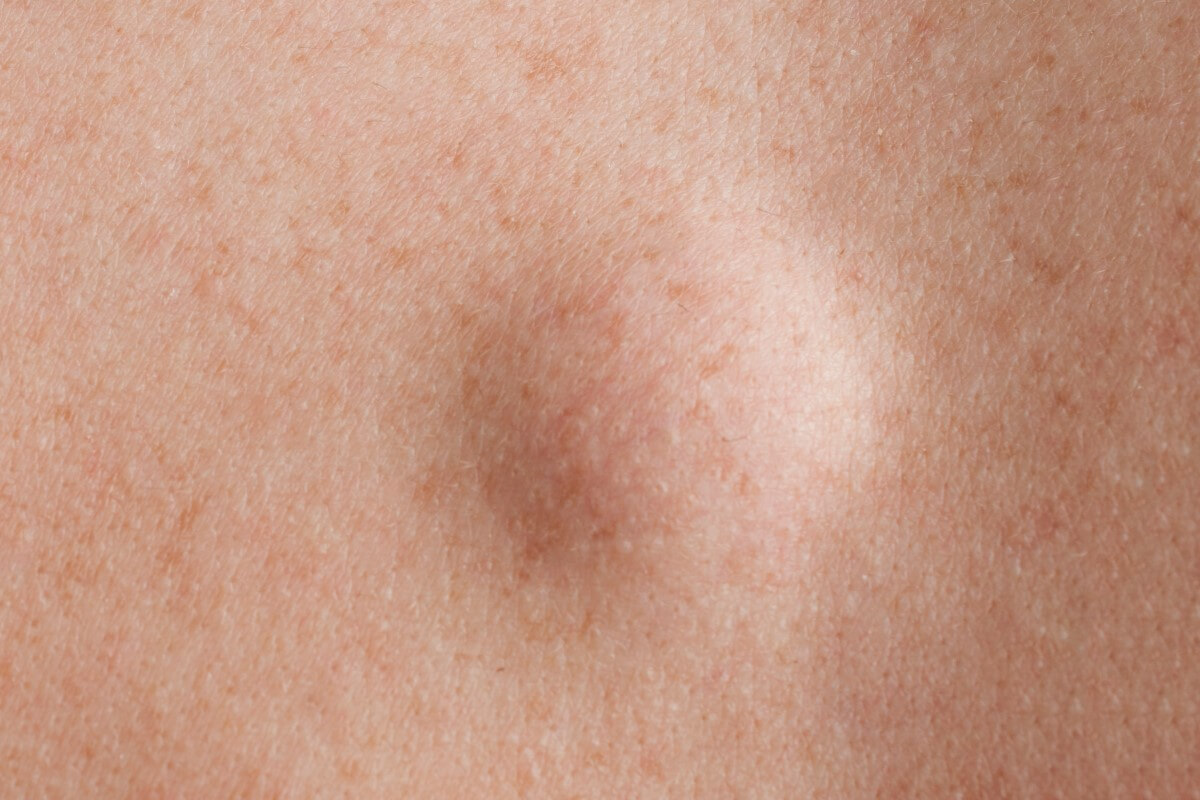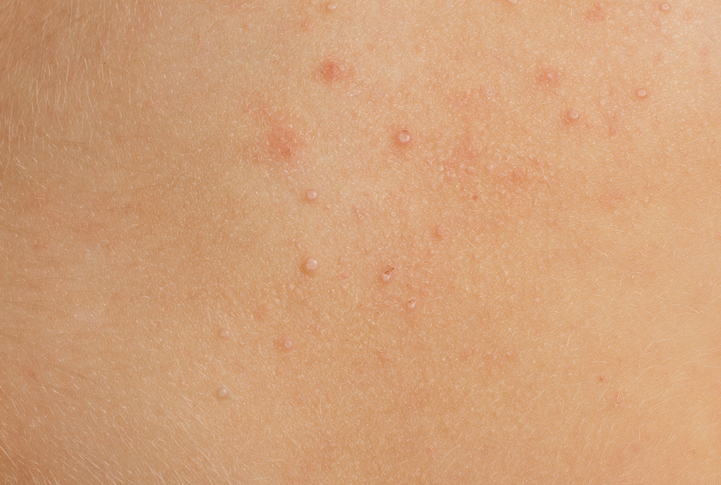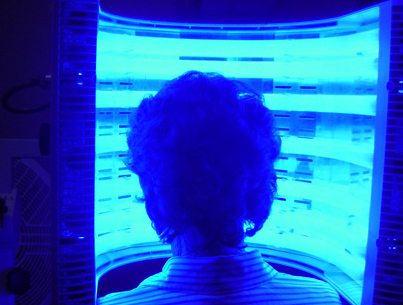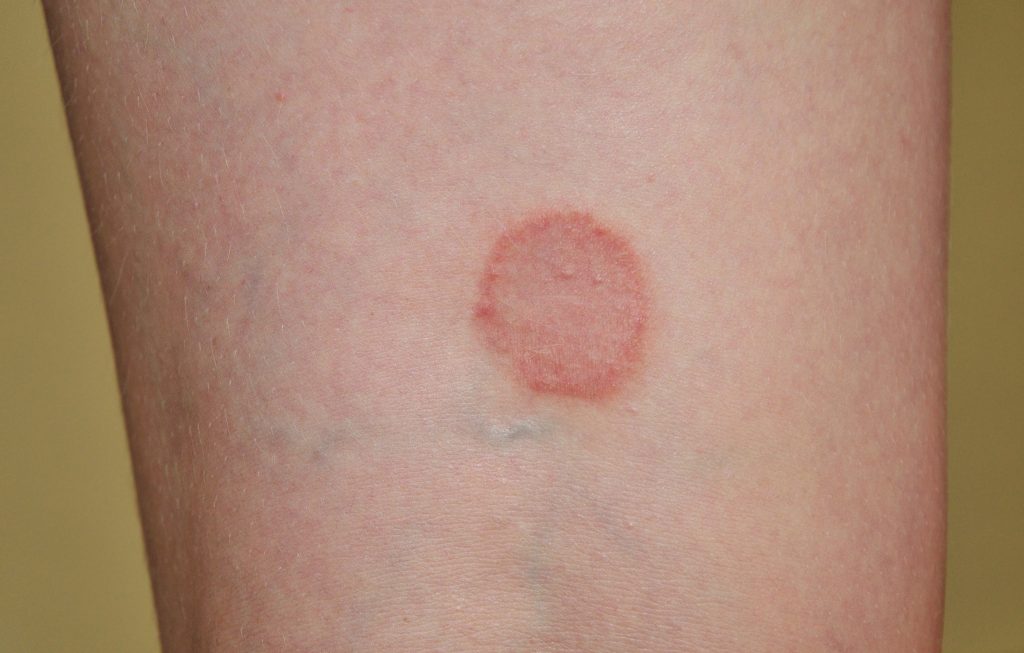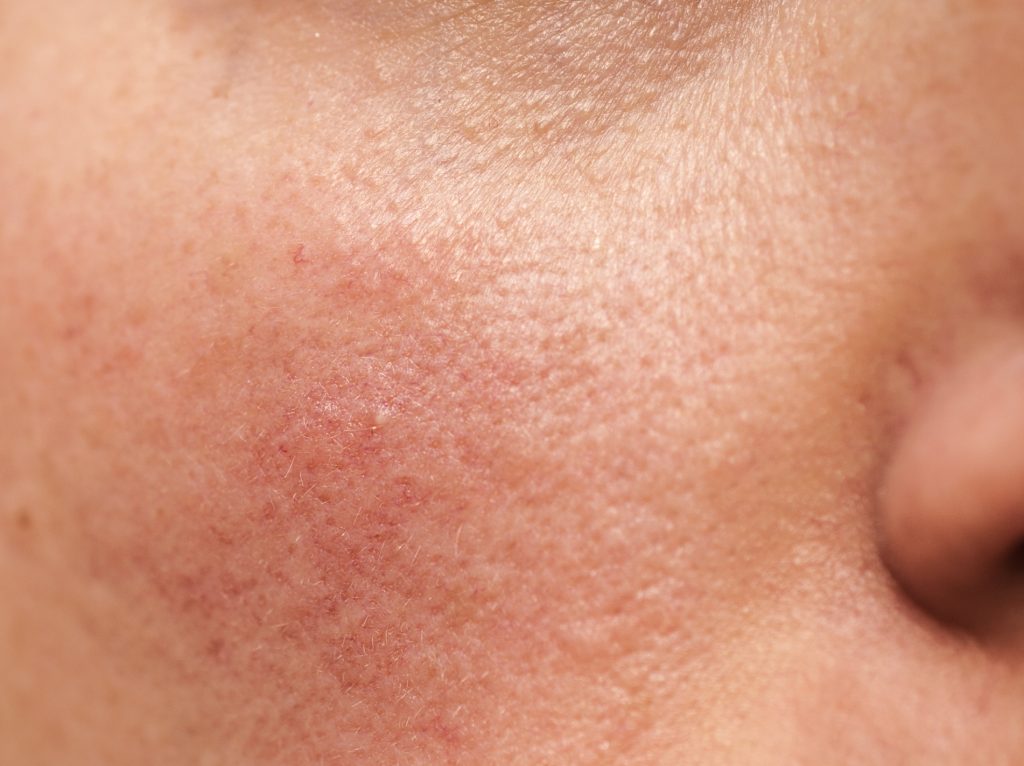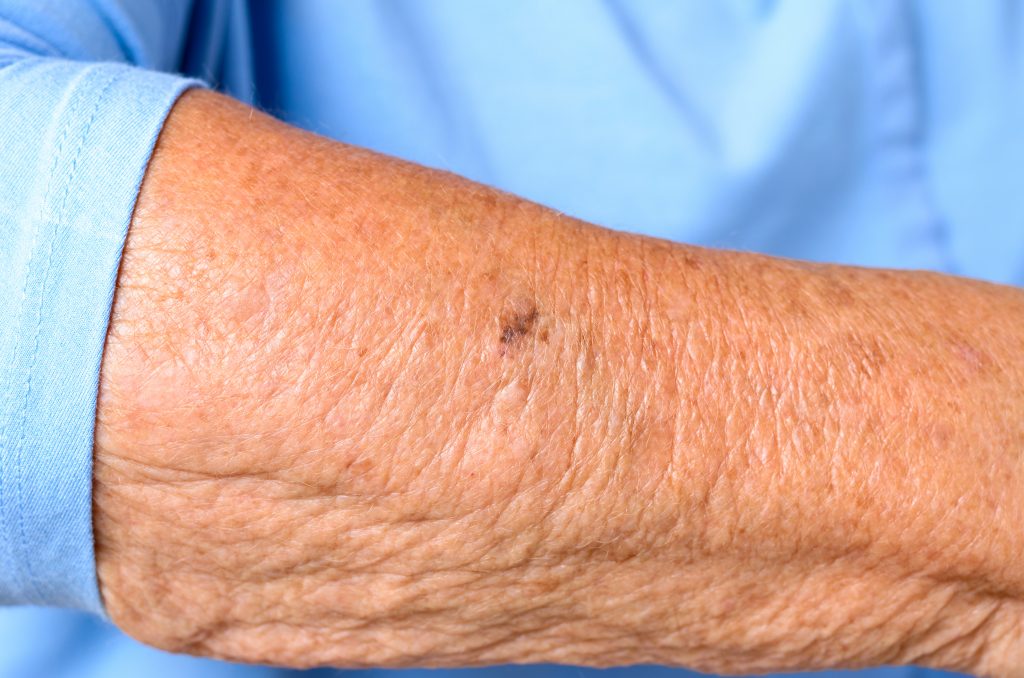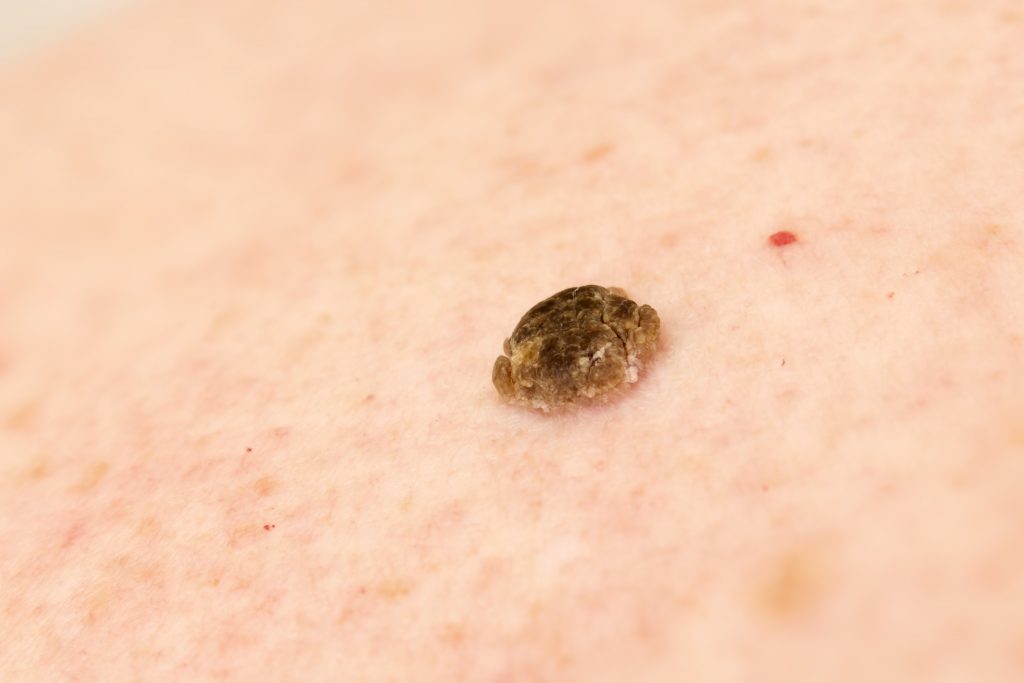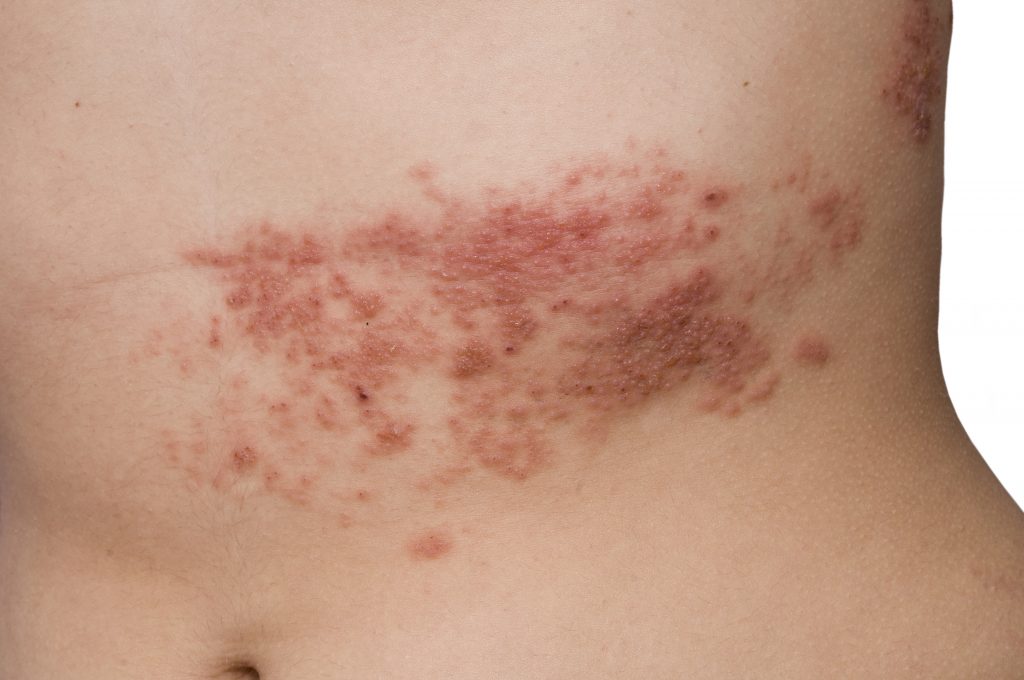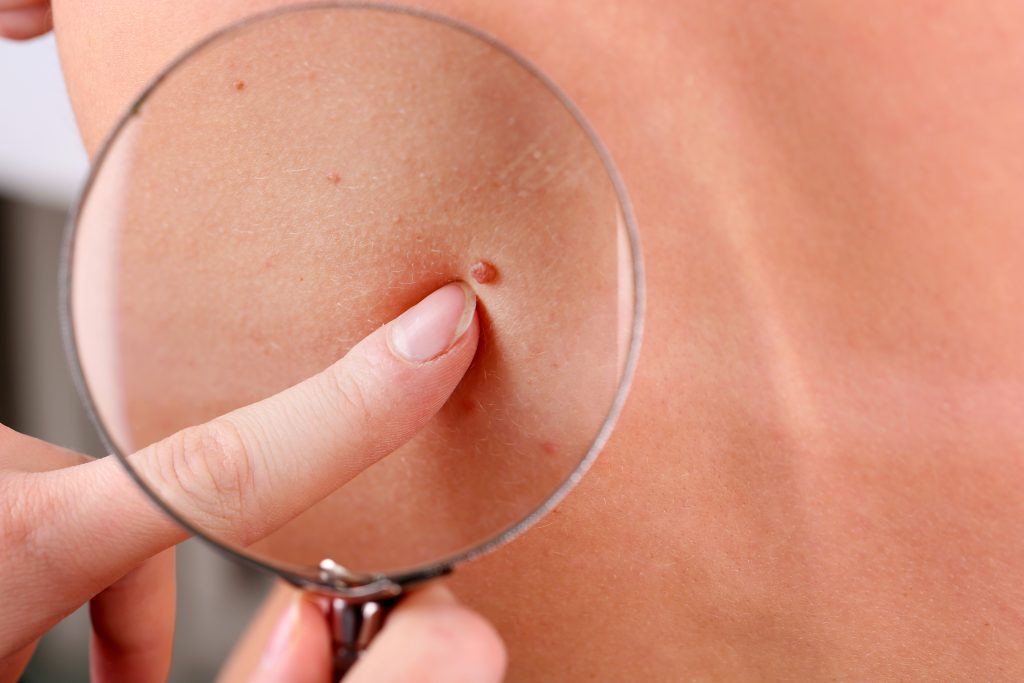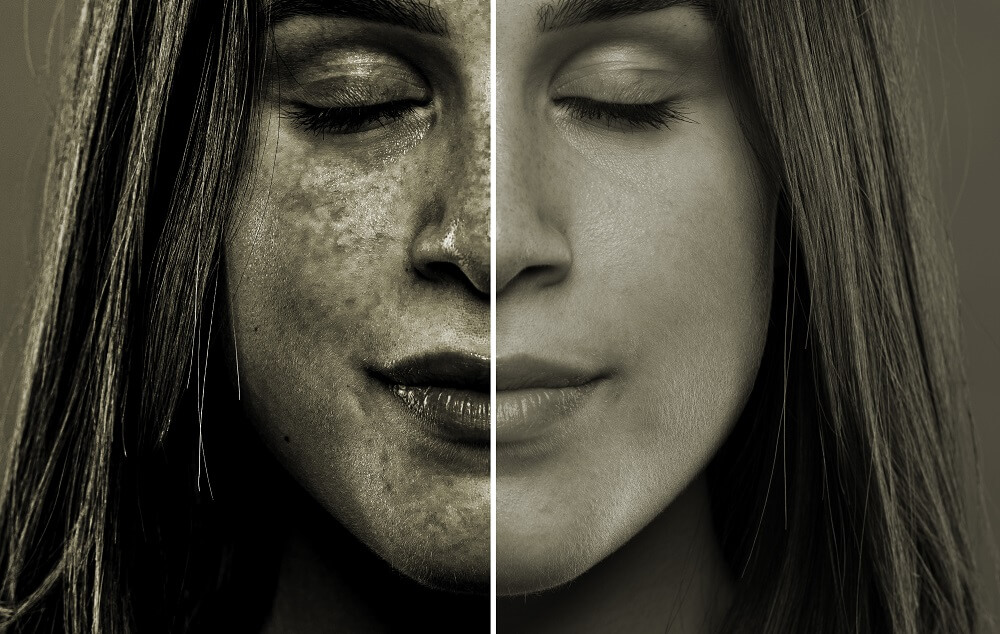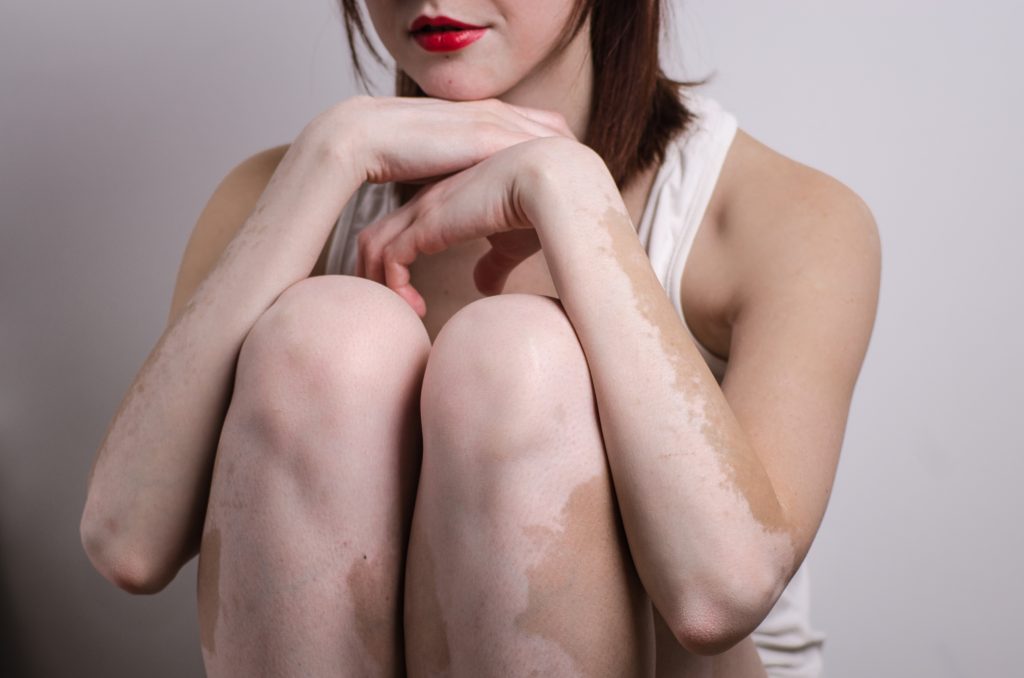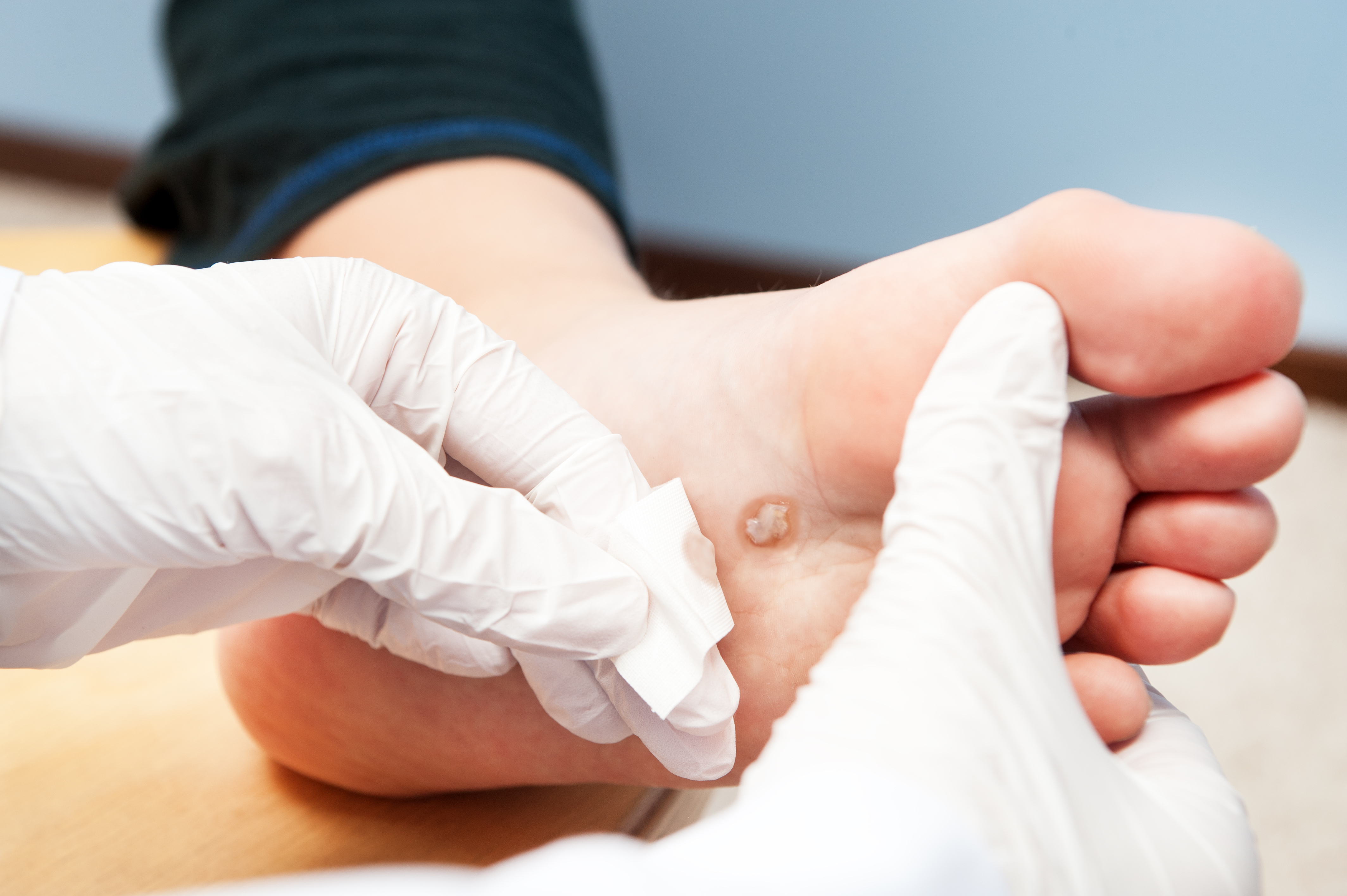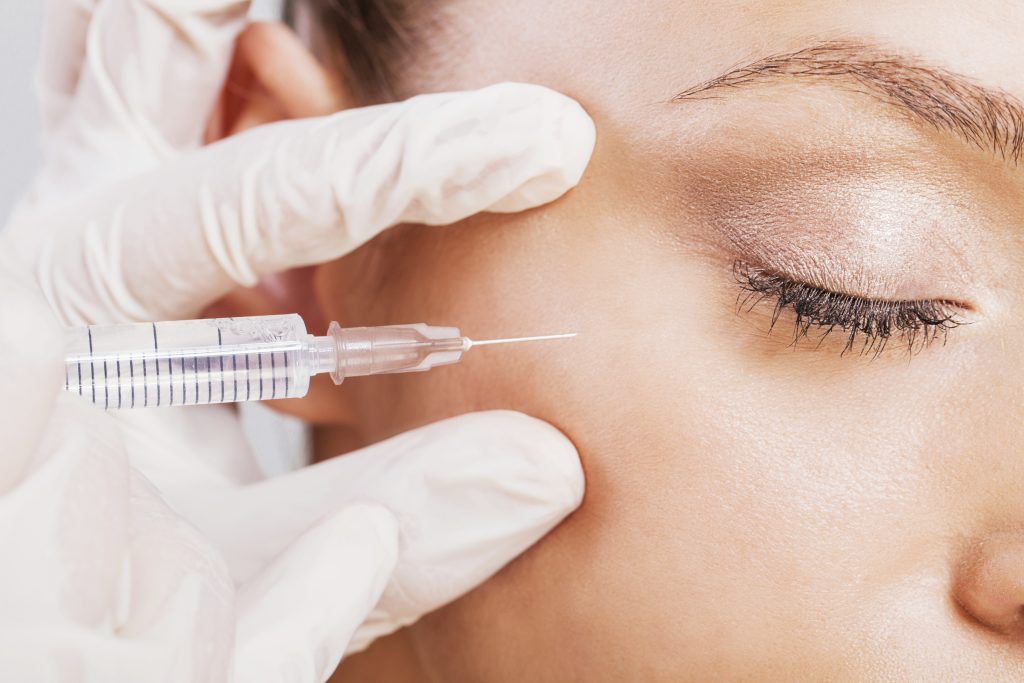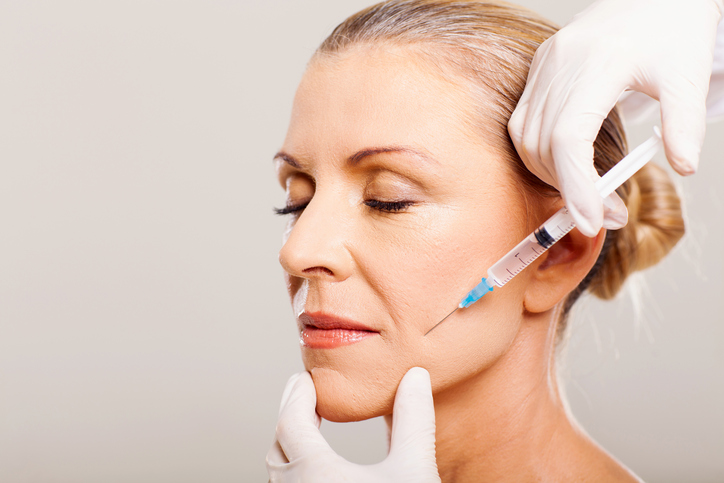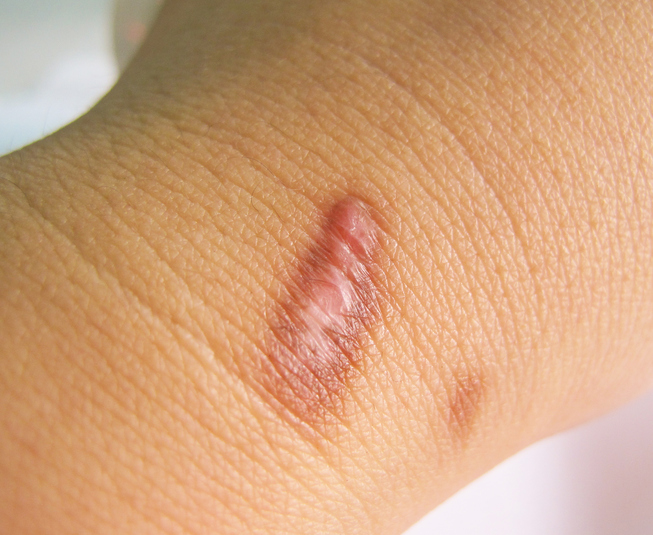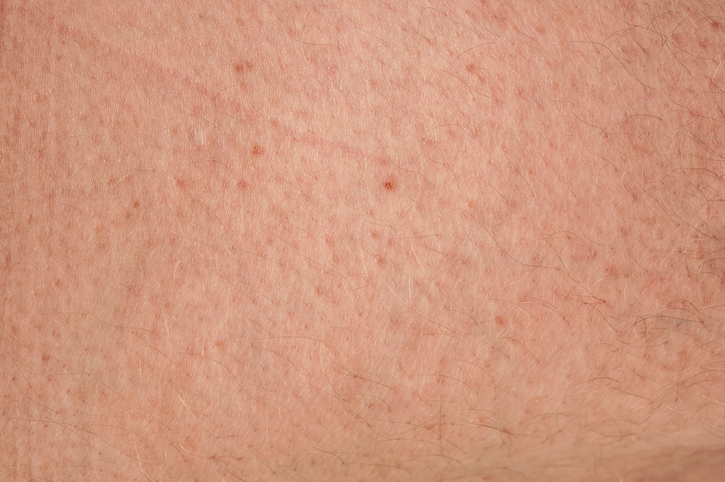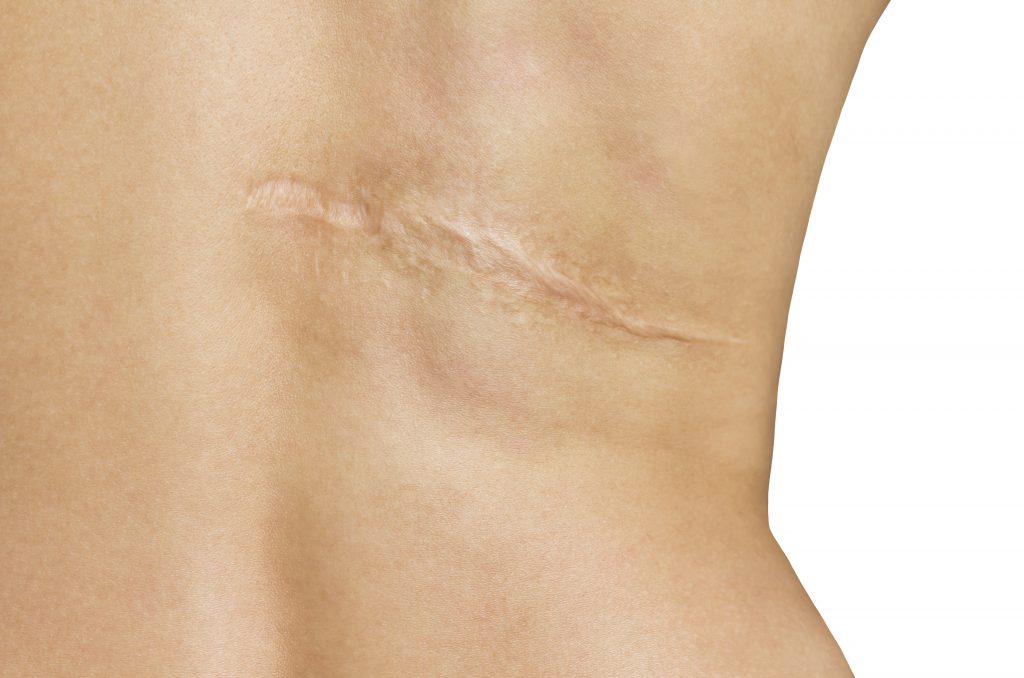Dr. Kristyna Iyer is a board-certified dermatologist and a fellowship-trained Mohs surgeon. She graduated with her Bachelor of Science in Microbiology from The University of Texas at Austin with University of Honors. Her Doctor of Medicine degree is from The University of Texas Medical Branch (UTMB) at Galveston where she graduated Magna Cum Laude in the UTMB Honors Research Program after successful presentation of her thesis on Severe Cutaneous Drug Reactions in Pediatric patients. She was also awarded the Osler Medallion Award, Dean’s Award for Research Excellence, and Edgar B. Smith Award in Dermatology. She has over a dozen peer-reviewed publications and has presented over fifty oral presentations, abstracts, and posters at local and national meetings.
Dr. Iyer’s post-graduate training includes a one-year internship at Eisenhower Medical Center in Rancho Mirage, California, and a three-year dermatology residency at UTMB. She was board certified in dermatology by the American Board of Dermatology in 2021. Dr. Iyer then completed a one-year Micrographic Surgery and Dermatologic Oncology (Mohs) fellowship with Dr. Richard Wagner at UTMB and Dr. Aaron Joseph at U.S. Dermatology Partners in Pasadena. During this time, she was nominated as the UTMB Outstanding Overall Fellow. Her fellowship training focused primarily on Mohs micrographic surgery and advanced reconstruction for complex skin cancers. Her practice focuses on Mohs micrographic surgery for the treatment of skin cancer as well as other facets of dermatologic surgery, cosmetic and general dermatology.
Dr. Iyer is certified by the American Board of Dermatology and maintains active memberships in several honor societies and medical societies at the local, state, and national levels including, but not limited to, the American College of Mohs Surgery (ACMS); American Society for Dermatologic Surgery (ASDS); American Academy of Dermatology (AAD). She served on the AAD Teledermatology Task Force during COVID to help with outreach and communication with patients.
A native of Hot Springs, Arkansas, Dr. Iyer, and her husband are thrilled to settle in Oklahoma. She enjoys spending time with her family as well as spending time at the lake (boating, fishing, water skiing), traveling, cooking, and snow skiing.
Specialties and Affiliations
- American Board of Dermatology
- American College of Mohs Surgery
- American Society for Dermatologic Surgery
- American Academy of Dermatology
- American Medical Association
Featured Blogs
- U.S. Dermatology Partners Stillwater Relocates to Expanded Office Space
- 5 Reasons Your Dermatologist Recommended Mohs Surgery
- Amp Up Your Skincare Routine for the Holiday Season
- U.S. Dermatology Partners Welcomes Board-Certified Dermatologist and Fellowship-Trained Mohs Surgeon, Dr. Kristyna Gleghorn, to Cushing, Oklahoma
- U.S. Dermatology Partners Announces the Opening of Cushing, Oklahoma Office


